How to Keep Your QuickBooks Account Secure: A Guide for Solo Entrepreneurs and Small Businesses
If you're like many small business owners or solo entrepreneurs, QuickBooks is your go-to tool for managing finances, sending invoices, and tracking expenses. But with great convenience comes great responsibility—especially when it comes to keeping sensitive financial data secure.
The good news? You don’t need to be a cybersecurity expert to lock down your QuickBooks account. You just need a few key habits and settings dialed in.
🔐 Why QuickBooks Security Matters
QuickBooks stores some of the most sensitive data in your business—customer names, payment info, tax documents, account numbers, and more. If someone gains access, they could:
View or steal client and financial data
Send fraudulent invoices
Access your linked bank accounts
Compromise your reputation and even your tax filings
Because it's so widely used, QuickBooks is a prime target for cybercriminals—especially accounts with weak passwords or no two-factor authentication.
✅ 5 Simple Steps to Secure Your QuickBooks Account
1. Use a Strong, Unique Password
Your QuickBooks password should be at least 12 characters long, using a mix of upper/lowercase letters, numbers, and symbols. Don’t reuse a password from another site—especially email or banking.
👉 Pro tip: Use a password manager to generate and store this securely.
2. Enable Two-Factor Authentication (2FA)
QuickBooks Online supports 2FA via text or an authentication app (like Google Authenticator or Authy). This adds a critical layer of security—so even if someone gets your password, they can’t access your account without the second verification.
🛡️ Enable 2FA under: Gear Icon → Account and Settings → Security.
3. Secure the Email Linked to Your Account
If someone can reset your password via email, your QuickBooks account is only as safe as your inbox. Make sure your email account also has:
A strong, unique password
2FA enabled
Alerts for suspicious activity turned on
4. Review Connected Apps and Integrations
QuickBooks integrates with a lot of other tools—like PayPal, Stripe, or bank accounts. Periodically check what apps are connected to your account, and remove anything you’re no longer using.
📋 To review: Go to “Apps” > “My Apps” in QuickBooks Online.
5. Be Cautious With Shared Access
Do you have a bookkeeper or accountant logging in? Make sure you:
Use official user roles (never share your own login)
Only give them the access level they need
Remove access when it’s no longer necessary
🔍 You can manage users under: Gear Icon → Manage Users
🚫 Common QuickBooks Security Mistakes
Even smart business owners can make these simple but risky mistakes:
Reusing your QuickBooks password elsewhere
Ignoring security emails from Intuit
Logging in on public Wi-Fi without a VPN
Storing tax documents in unsecured Google Drive or Dropbox folders
🔒 Final Thoughts: It’s Your Business, Protect It
QuickBooks is an essential tool for running your business—but only if it’s properly secured. These simple steps take less than an hour to implement, but they can protect you from fraud, downtime, or data loss that could seriously hurt your business.
Need help doing a full checkup of your digital financial tools?
Submit the form to get a personalized Cyber Healthcheck and learn where you might be exposed.

